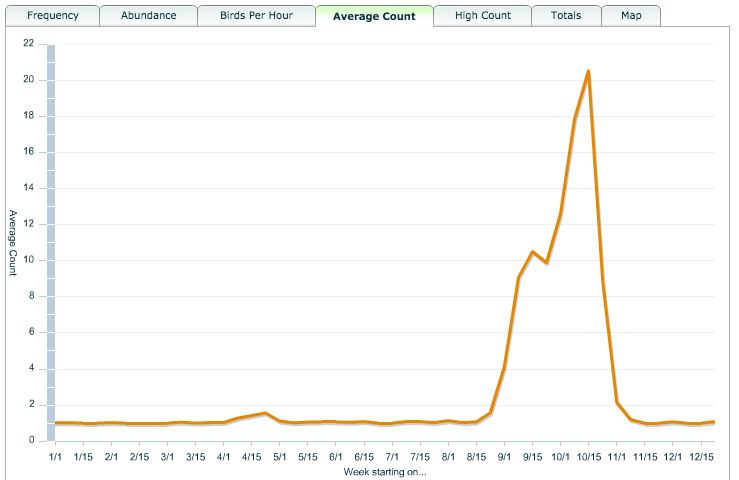Congratulations to Craig Hunt for winning the December 2019 Vermont Atlas of Life iNaturalist photo-observation of the month. The image of a Sharp-shinned Hawk taking a Blue Jay in the snow in Townsend, Vermont garnered the most votes.

With over 1,800 photo-observations submitted by 160 observers this month, it was very competitive. Click on the image to see and explore all of the amazing photo-observations.
The autumn river of raptors migrating southward becomes dominated by Accipiters like Sharp-shinned Hawks in October. Although not all individuals leave, many do. More than 11,000 Sharp-shinned Hawks were seen on one October day at Cape May Point, New Jersey as they pushed southward. Most overwinter somewhere in North America; however, some travel as far south as Central America, migrating thousands of miles between their breeding and wintering grounds. They are powered by a mix of flap-gliding flight and soaring on mountain updrafts and rising plumes of hot air. Recently, more Sharpies have been overwintering farther north. No one knows exactly why, but the popularity of backyard bird feeding may provide some Sharp-shinned Hawks the food they need to survive northern winters.

Observations of Sharp-shinned Hawks reported to Vermont eBird. You can help track these and other birds by reporting your sightings, too.
Sharp-shinned Hawk populations currently appear stable, after dramatic declines during the DDT pesticide era (mid-1940s to 1972). Recently, work by VCE has shown that individuals nesting in Vermont’s Green Mountains and a rare subspecies in the mountains of Hispaniola, have high levels of mercury in their blood. Learn more from VCE’s Research Notes about this finding.
Visit the Vermont Atlas of Life on iNaturalist where you can vote for the winner this month by clicking the ‘fav’ star on your favorite photo-observation. Make sure you get outdoors and record the biodiversity around you, then submit your discoveries and you could be a winner!

